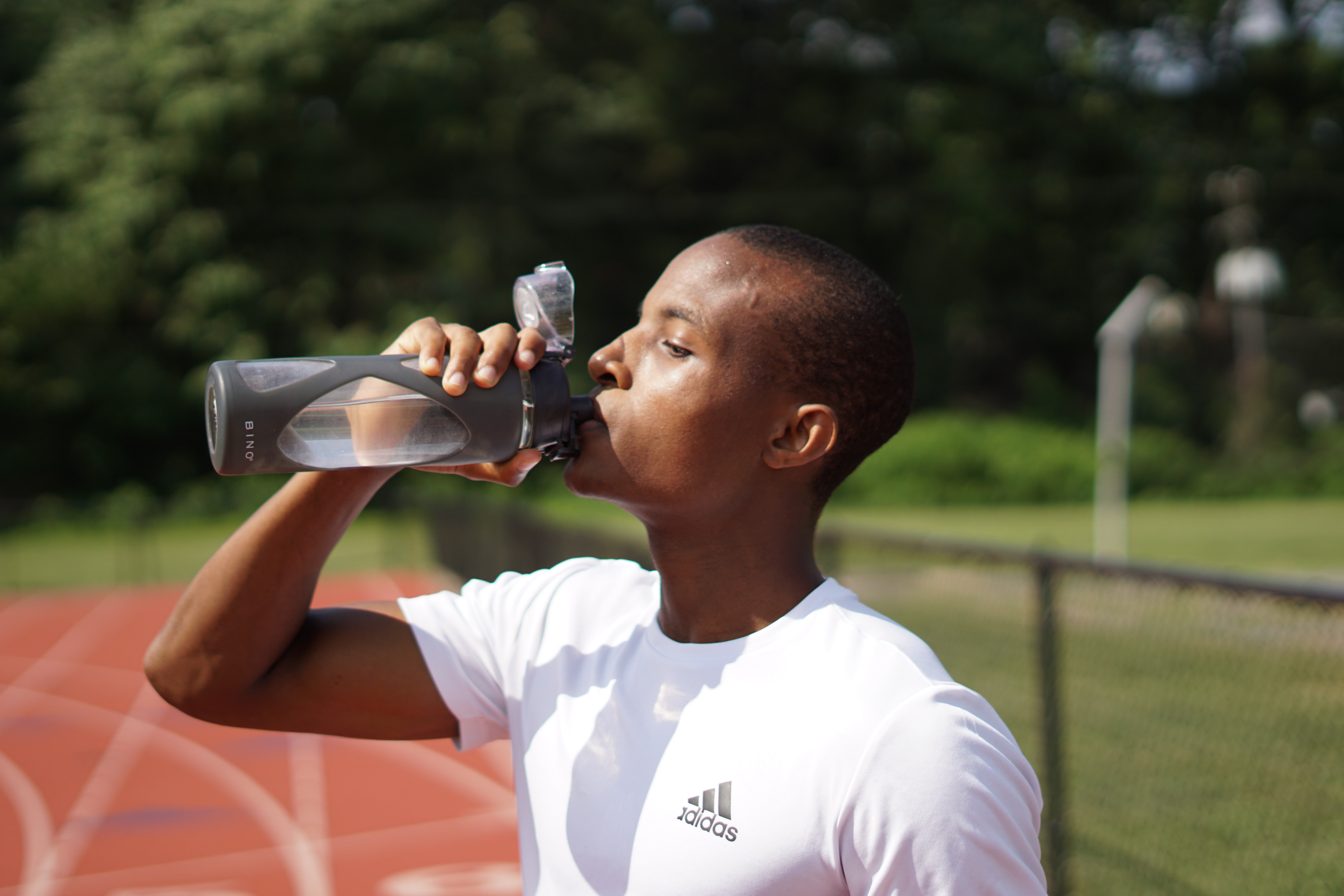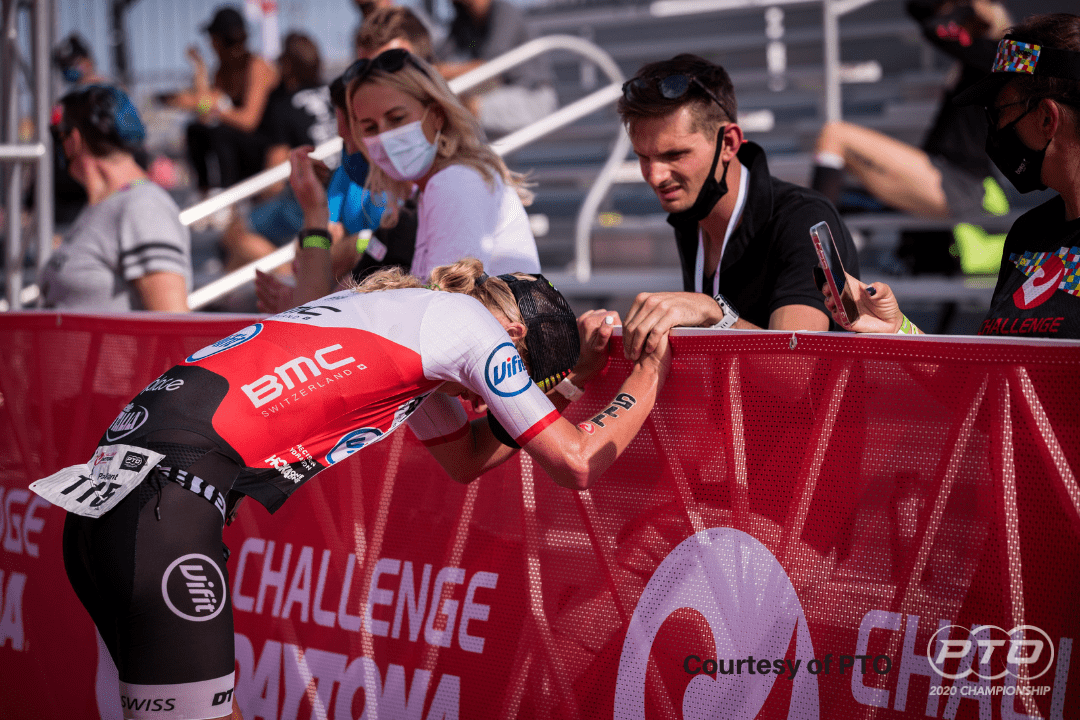Recovery has been the subject for discussion for decades yet it is still highly topical. There is a massive industry for recovery tools and gadgets and we all accept that recovery is an essential part of our lifestyles. If we want to make progress and move towards our athletic goals we must make sure to recover.
Why do we need to recover?
Recovery is quite simply the process of your body returning to its baseline. When you place stress on your body during training its ability and function is diminished, through the development of fatigue. Recovery is the process of fatigue reversal. The best part of the human bodys’ recovery system is that it often overcompensates when recovering and pushes your ability to tolerate stresses a little higher. This is adaptation and this is what makes us fitter, faster and stronger.
If we don’t recover or don’t allow adequate time to recover fully we don’t achieve any supercompensation. If we continue to complete hard sessions the stress accumulates more fatigue and suppresses any chance for adaptation. Many athletes will fall into this trap without knowing. For some they train too hard and recover too little. For others they simply don’t use appropriate recovery for the stress they have applied.
What is proper recovery?
As part of my Masters research I focused on the effectiveness of different recovery strategies to try and tease out which was more effective. I did a review of the literature on recovery methods and their effectiveness to return an individual to baseline performance. What I learnt was that no method was more or less effective than the other. They simply had very little tangible differences. The one thing that was very obvious though was that recovery needed to cover the basics. Wherever the fundamentals were covered there was always a reasonable and quick return to a fresh state.
The fundamentals.
Sleep
No method of recovery will make up for inadequate sleep. How much sleep is enough will vary from person to person. Sleep is simply miraculous. Your body heals itself remarkably well during sleep. Good quality sleep is massively effective in restoring you to a fresh state both physically and mentally. You can read more about sleep for recovery here.

Nutrition
Second only to sleep is nutrition. You need fuel to move, protein to repair and vitamins and minerals to function. All of these things are depleted during exercises. They must be replaced to get back to a fresh state. Nutrition is that simple.
Hydration
Hydration is less a recovery factor and more a process that should be ongoing. A loss in hydration has massive negative impact on both mental and physical performance. You should not think of hydration as a recovery strategy. It should simply be something that you constantly have attention on. You are likely to be less hydrated at the end of a training session and for this reason it becomes one of the first steps in maintaining bodily functions. Hydration is bigger than being a recovery method but cannot go unmentioned in this topic.

The extras.
After you perform the fundementals you will be 90% of the way to achieving recovery. The important things are covered and if only these are achieved then you will see most of the possible benefits. There are, however some opportunities that may help accelerate some of the recovery processes.
What is important to consider is what sort of mechanisms of fatigue are at play. In addition there may be other processes which may not necessarily be counted as fatigue but still have a negative impact on function.
If you can identify these factors you can be more selective and appropriate with the recovery methods you utilize. Not all methods are relevant and clever marketing will lead you to think otherwise in many cases. If you looked back at the most popular methods of recovery 10 years ago you might struggle to find them today. Remember Cyro chambers??
The best way to select is to use a bit of common sense in regards to what you need to do. For example muscle damage requires repair so straight away protein intake and sleep should be the priority. If tightness is significant then stretching and mobility should be a priority. Perhaps the effort has been extremely intense and metabolite production has been high. In this case active recovery or compression might be appropriate.
In many cases you might see some methods being used which are redundant. A long duration event will not benefit massively from an extended cooldown. Nutrition is far more appropriate than any active recovery strategy yet some might delay refueling significantly in order to complete a warm down. This may add to the issue rather than solve it. In addition timing needs to be considered. The body is quite effective in removing metabolites over some time so compression 24hrs later is not going to remove lactate which has already long been removed.
Recovery can be very simple, and often simple recovery, ie. the fundamentals, will yield the best return. While many tools and implements can help they should never replace the fundamentals. To get the most from your recovery, get the basics right and then use a little common sense to get the little extras.
Make sure to sign up for my newsletter below so you don’t miss out on new articles and videos. Sign up now and you’ll also get access to my recovery cheat sheet!
[yikes-mailchimp form=”1″]
